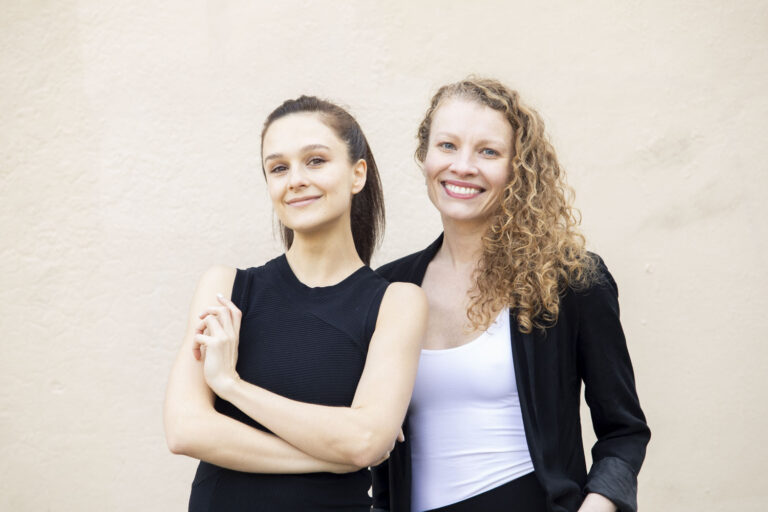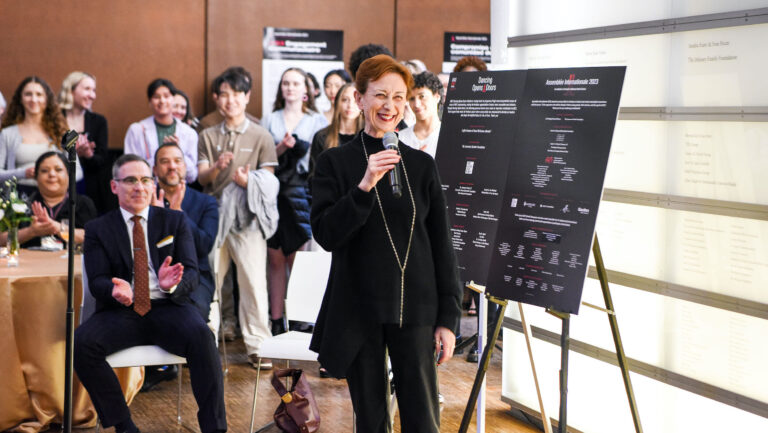Last spring, Miami City Ballet corps de ballet dancer Chloe Freytag decided to eat vegan. With a passion for nutrition, she was concerned that toxins and preservatives in certain foods were preventing her from becoming her best dancing self. “Before veganism I was more rundown and I would get tired easily. My body was weak and heavy at times,” she says. “Now I feel like a lighter person, more happy and energetic. I feel more like myself.”
Dancers are always searching for nutrition solutions that meet the needs of their demanding training. Eliminating certain foods containing dairy and gluten and eating vegan have become popular in an attempt to lose weight, follow animal and environmental beliefs and calm food aversions. But these diets call for major lifestyle changes. They may only be beneficial to a dancer’s health if she is careful about getting the nutrients she needs.
Gluten-Free
Gluten, a protein found in grains like wheat, barley and rye, is in processed carbohydrates, including pasta, cereal and bread. It’s also found unexpectedly in products such as soy sauce, pudding and vitamin supplements. People with a wheat allergy, gluten intolerance or celiac disease (a condition when the small intestines cannot properly digest gluten proteins) are advised to remove it from their diet. Others may have sensitivities to gluten to a lesser degree, which can cause gastrointestinal pain and bloating.
Eating gluten-free has also become popular among those attempting to lose weight. Roberta Anding, a registered dietician who works with Houston Ballet dancers, says eating this diet will not necessarily help a dancer slim down because “many of the quick and easy gluten-free foods are actually just as processed as conventional foods.” (Many grocery stores sell pastas made from brown rice and cookies baked with corn flour.) If you must eat gluten-free, quinoa, rice, specially labeled corn, millet and oats provide the benefits of energy-boosting carbohydrates without the gluten protein.
Dairy-Free
After decades of “Got Milk?” ads and a food pyramid recommending three servings of dairy a day, studies now raise questions about how much we should consume. Most famously, The China Study (2004) indicated a connection between animal-based foods and many chronic diseases. Emily Harrison, a registered dietician at the Centre for Dance Nutrition, recommends that dancers who decide to cut back on dairy should be mindful of getting nutrients from other sources. “When you have a growing young athlete like a dancer, they are very high risk for stress fractures to begin with,” she says.
If a dancer is lactose intolerant, has an allergy or plans to reduce her dairy intake, Harrison suggests loading up on high-calcium foods like kale, Swiss chard, broccoli, tofu and almonds. And replacing cow’s milk with almond milk will provide calcium and vitamin E, which promotes muscle repair. Those not consuming dairy should watch their intake of vitamin D, which is found in fortified foods like milk and helps the body absorb calcium and maintain the immune system. Harrison adds that many dancers are vitamin D–deficient because they spend a lot of time in the studio away from the sun, the best source for the nutrient. Catching some rays (with sunscreen) and eating fish, like salmon or halibut, can help supplement.
Vegan
Once the food choice of animal-loving hippies, veganism is now a robust movement focused on eating local and “clean.” This means eliminating all animal byproducts from your diet, including meat, milk and eggs. “We know that vegans live a lot longer and tend to be much healthier,” says Harrison. This is in large part because they tend to eat more fresh fruits and vegetables than nonvegans. But maintaining this diet takes constant attention. “You can’t just have a veggie burger and French fries every day and say, ‘OK, I’m a vegan.’ You’ve got to work a little bit harder,” says Harrison. “It really forces us to look at our food choices.” Anding advises that a vegan dancer pay special attention to vitamin B12, vitamin D, omega-3 fatty acids and calcium.
Freytag didn’t change her diet overnight. At 14, she started eating vegetarian and eventually transitioned into veganism. “Don’t necessarily cut it all out at once,” she says. “Start including different things that vegans eat a lot of, like dark leafy vegetables and more nuts and seeds.” She eats more frequently now, but she finds that the nutrient-dense foods give her strength and a more positive mental state.




